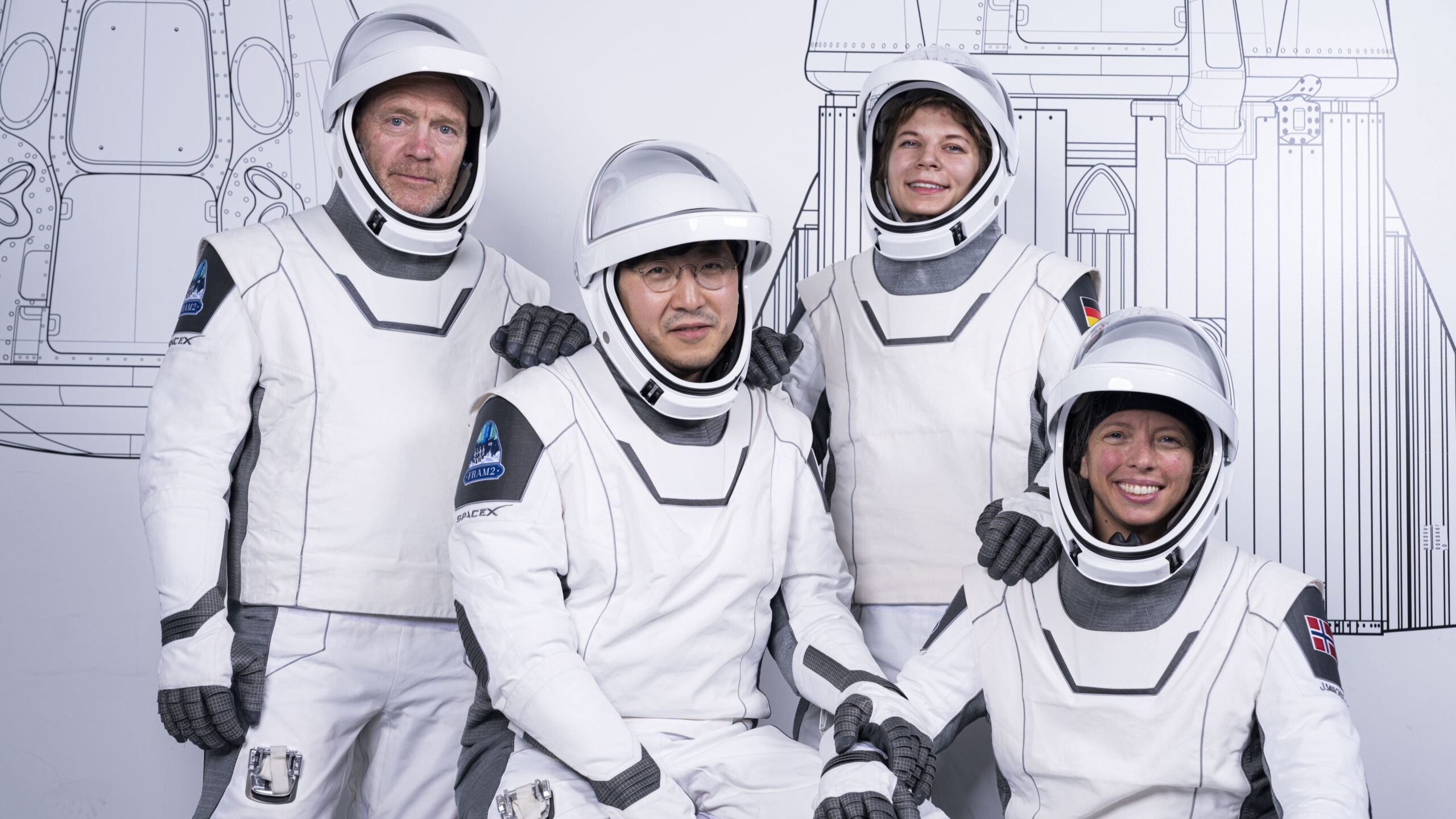Now Reading: SpaceX Fram2 Mission Explores X-rays, Mushrooms, and Polar Science
-
01
SpaceX Fram2 Mission Explores X-rays, Mushrooms, and Polar Science
SpaceX Fram2 Mission Explores X-rays, Mushrooms, and Polar Science

Quick Summary
- Mission Overview: SpaceX’s privately funded Fram2 mission will send humans over Earth’s poles for the first time, launching no earlier than March 31. The four-day mission is aboard the Crew Dragon capsule Resilience, marking its fourth flight.
- Crew Details: The astronauts include Eric Phillips (mission specialist/medical officer), Chun Wang (commander), Rabea Rogge (pilot), and Jannicke Mikkelsen (vehicle commander).
- Scientific Goals:
– First-ever use of an X-ray machine on humans in orbit (“SpaceXray”).
– experiments related to muscle preservation, sleep patterns, and brain anatomy during spaceflight.
– Studies relating to glucose regulation for potential diabetic astronauts.
– Research on female reproductive health impacts due to microgravity and space radiation.
– Investigating motion sickness effects and astronaut readiness (“Egress”).
– Growing mushrooms in space as a potential resource for Mars missions (“Mission MushVroom”).
- Cultural Inspiration: Mission is named after the “Fram,” a vessel used by Norwegian polar explorers in the late 19th century. Inspired by advancing exploration goals with a “pioneering spirit.”
Image Credit: SpaceX
!Astronauts of SpaceX’s Fram2 Mission
Read More: Space.com Article
Indian Opinion Analysis
SpaceX’s Fram2 mission symbolizes significant progress in human space exploration,including several groundbreaking experiments that could reshape long-term astronaut health management and enable future interplanetary travel. For India-a nation aspiring to expand its own footprint in outer space through ISRO’s human missions-this initiative underscores opportunities for participation or collaboration on vital scientific studies.
The growing focus on polar regions aligns with global aerospace advancements that may influence India’s strategic plans. As Chandrayaan missions have explored lunar poles, leveraging similar technology or research concepts from orbital observations might yield insights applicable to planetary science.
India could also benefit from observing collaborative private ventures like SpaceX when developing indigenous technologies tailored toward sustainability during prolonged human presence in orbit or beyond Earth.






















